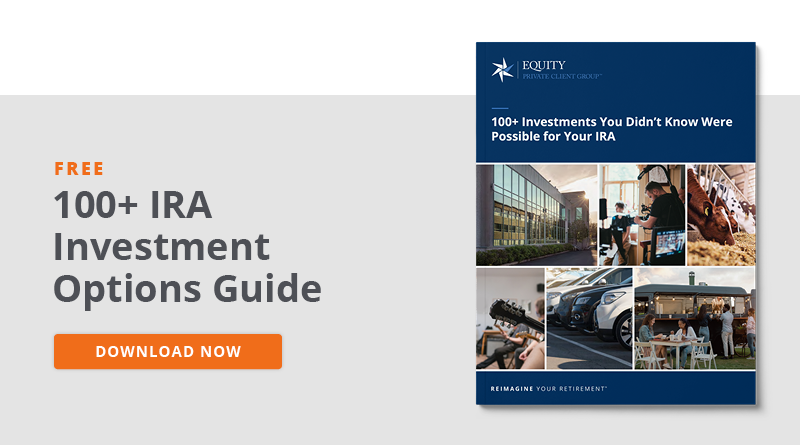
- Who We Serve
- What We Offer
- Equity Universal IRATM
- Self-Directed IRA
- Real Estate Checkbook
IRA LLC - 1031 Exchange
- Equity Solo 401(k)
- 990-T Tax Preparation
- Self-Clearing Retirement
Services - Wealthbridge Investment
Portal - Investment District
Marketplace Real Estate Investing Hub
Browse services, tools & education in one place.Have Questions?
Schedule a call with an IRA Counselor.
- Accounts
- Investment Types
- Resources
- About Us













